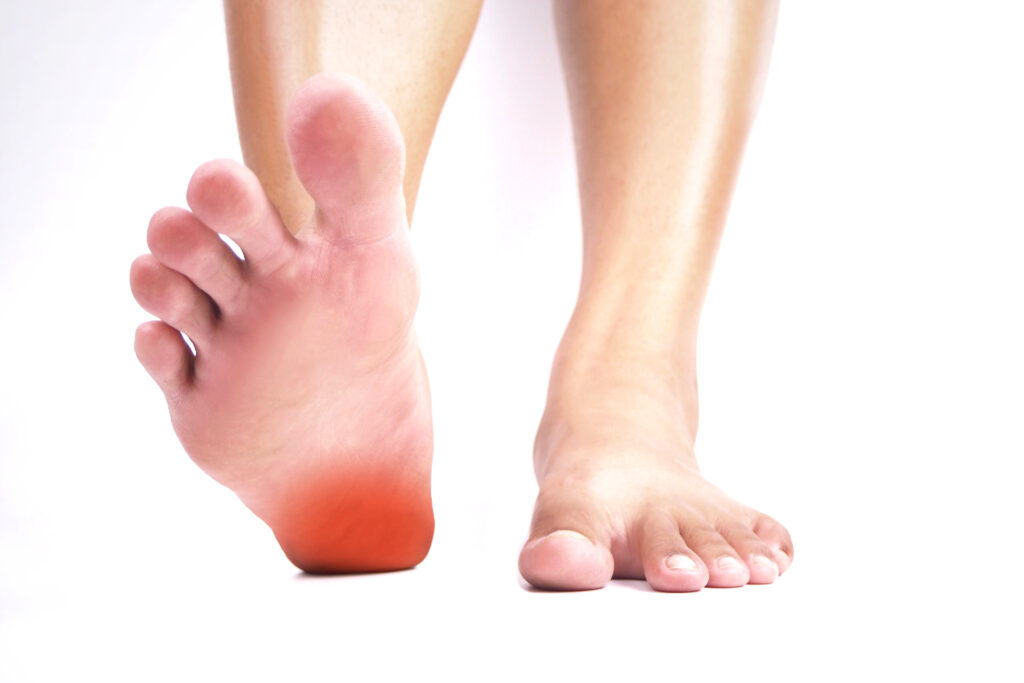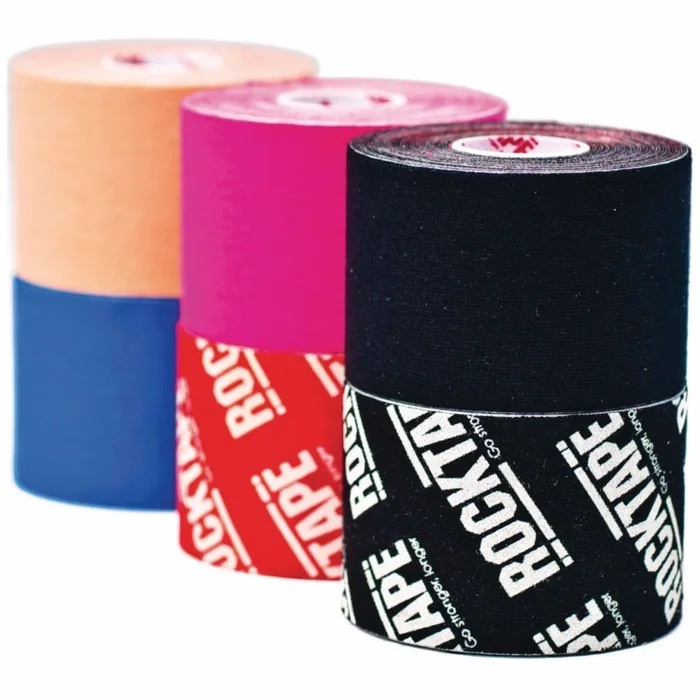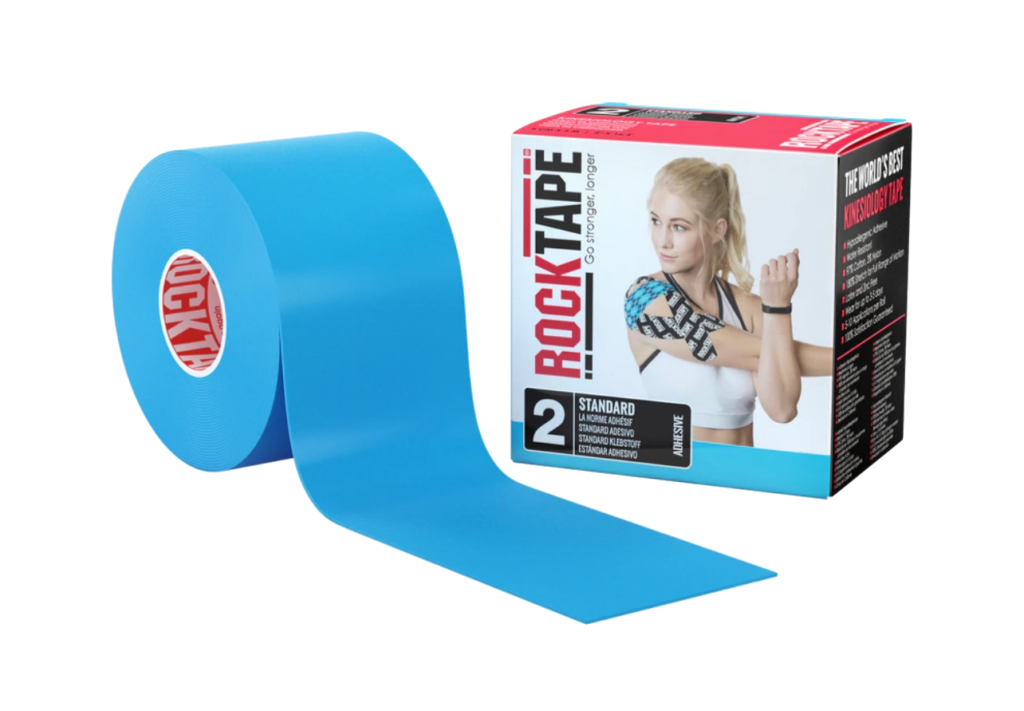 Kinesiology tape, also known as elastic therapeutic tape, has become increasingly popular among athletes and individuals with joint and movement dysfunction. This style of tape is designed to support muscles and joints while allowing for a full range of motion by providing a gentle but novel stimulus to the nervous system via the skin. It is made of a unique blend to textiles along with a hypoallergenic adhesive backing, and when applied correctly, it can help alleviate discomfort and provide support to an affected area.If you suffer from joint pain, kinesiology tape can be a useful tool in your pain management toolbox. Here are some tips for using kinesiology tape to help with joint pain:
Kinesiology tape, also known as elastic therapeutic tape, has become increasingly popular among athletes and individuals with joint and movement dysfunction. This style of tape is designed to support muscles and joints while allowing for a full range of motion by providing a gentle but novel stimulus to the nervous system via the skin. It is made of a unique blend to textiles along with a hypoallergenic adhesive backing, and when applied correctly, it can help alleviate discomfort and provide support to an affected area.If you suffer from joint pain, kinesiology tape can be a useful tool in your pain management toolbox. Here are some tips for using kinesiology tape to help with joint pain:

- Consult with a professional: Before you start using kinesiology tape, it’s important to consult with a healthcare professional. They can help youdetermine if it’s a suitable treatment for your specific joint pain and guide you on how to apply it correctly. Check out the Provider Locator to find a practitioner in your area – ClickHere
- Choose the right tape: There are many different types of kinesiology tape available, so it’s important to choose the right one for your needs. Look for a tape that is designed with the optimal flexibility that allows for movement and a advanced adhesive to ensure the optimal lifespan on the area of concern – generally 3-5days.
- Prepare the area: Make sure the area where you’re applying the tape is clean and dry. Trim any hair if necessary, as this will help the tape adhere to the skin more effectively.
- Apply the tape correctly: Kinesiology tape is generally safe for most but it’s always recommended to follow the instructions carefully, and if possible, ask someone to help you apply the tape to ensure it’s applied correctly. Here is a great resource – Click Here
- Always pay attention: Kinesiology tape can be worn for several days, but it’s important to follow the manufacturer’s instructions and if the tape becomes uncomfortable (itchy or redness around the area) remove it carefully.
- Combine with other treatments: Kinesiology tape can be used in conjunction with other treatments, such as physical and movement therapies, to help manage joint pain.
- Be kind and patient with yourself: Kinesiology tape is not a magic cure for joint pain, and it may take several applications before you notice a difference. Be patient and consistent in your use of the tape, and give your body time to adjust to the support it provides. Always be kind to yourself, perhaps even giving the area a smile knowing that you area taking positive action towards making a change for the better.

By following these tips, you can use it effectively to provide support and alleviate discomfort in the affected area. However, it’s important to consult with a healthcare professional before using kinesiology tape and to use it as part of a comprehensive treatment plan.
